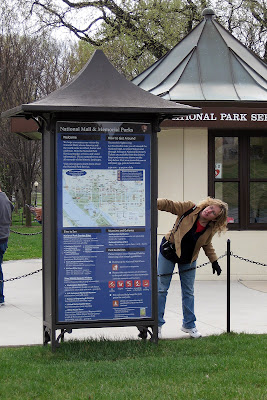Design
Do Your Rules Incent Bad Behavior?
This week on The Amazing Race, teams had the opportunity to use a U-turn. The team that decides to use it picks another team they want to penalize by having them complete an extra challenge. Depending on the team's place at the time, it could be the kiss of death since the last team to arrive each week is usually eliminated. In previous seasons, the team that ultilized the U-turn had to post their picture next to it, so that all the other teams knew who did it. This season the producers have switched to a blind U-turn, which means a team could do it anonomously.
Data Visualization
One of the most challenging elements of any presentation is how to use data to support your points in a compelling manner. In reading an article on health care in The World in 2009 by The Economist, I saw this clever example of using a strong visual element as a background to the data.

With the vacationer hooked up to an IV, the image communicates the message with more impact than the chart alone. The numbers then back up the story by showing how the forecast increases in the number of US patients traveling abroad for medical care over time. The point isn't that by 2015 the number will be close to 15M, but rather that the number is increasing and increasing quickly. The image even communicates the reason behind this increase by hinting at the luxury side of this growing industry.
Two great blogs focus on how to achieve this elegance in data representation: Slide:ology by Nancy Duarte, and Presentation Zen by Garr Reynolds. Their books by the same titles offer plenty of examples of before and after pictures. Both are must have resources for anyone responsible for creating decks of data. And in today's information workforce that includes must of us.

